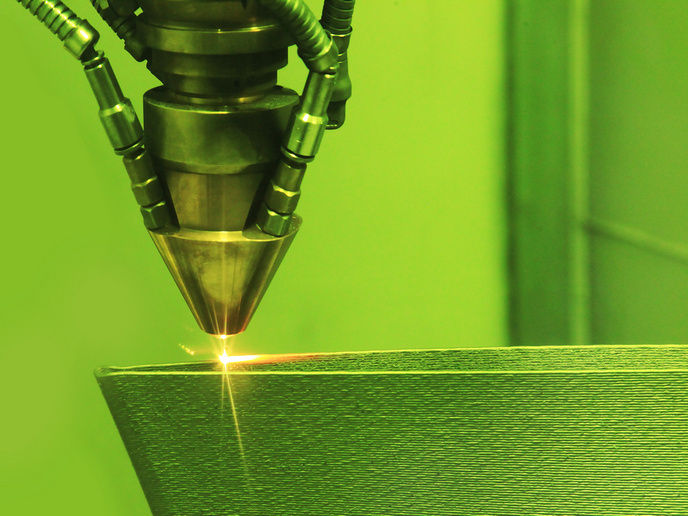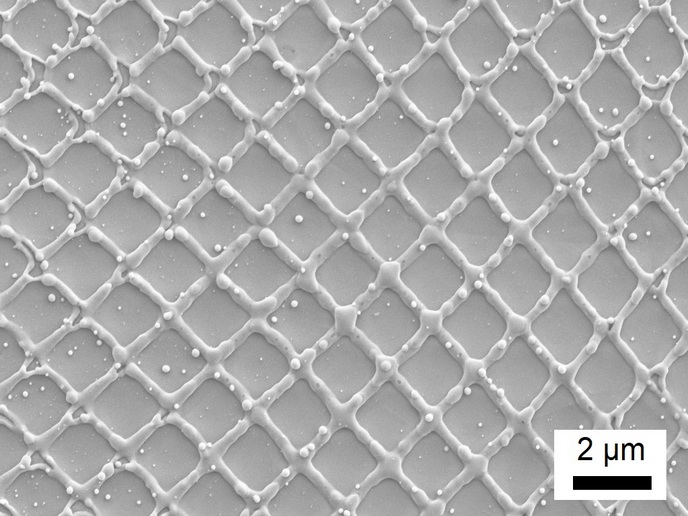Pico, femto, what is next?
The advent of chirped pulses amplification (CPA) and subsequent amplification of subpicosecond pulses to higher energies has brought high field science back to university laboratories. The peak intensity of pulses generated from highly compact laser systems exceeds conventional lasers by more than three orders of magnitude. Either focused on gas or solid targets, such laser sources have opened new vistas in the generation of electrons and proton beams, as well as the amplification of X-ray beams. To minimise the presence of harmful background light, which limits the performance of CPA laser systems, the use of a non-linear filter was adopted by the SHARP project partners. The level of amplified spontaneous emission (ASE) is often above the ionisation threshold of most materials. Therefore experimental conditions on the solid target can be modified before any interaction with the main pulse. The basic principle of the non-linear filter developed was to introduce a shift between the phase of the intense femtosecond pulse and the less intense nanosecond ASE pedestal. Researchers at the Laboratoire d'Optique Appliquée in France applied a Sagnac interferometer to differentiate between them. In their experiments, a modern titanium:sapphire (Ti:Sa) oscillator produced the essential train of 20 femtosecond pulses that helped to determine the optimum configuration for a sufficiently attenuated (weakened) ASE. Demonstrating the efficiency of the newly introduced technique, pre- and post-pulse ASE faded down to noise level and an improvement in the contrast reached four orders of magnitude. Numerical models of the pulse filtering process offered a better understanding of the experimental results, and more specifically of the temporal and spatial changes induced by the filtering process. These will be used to simulate future improvements in the original setup of the non-linear filter based on a Sagnac interferometer.







